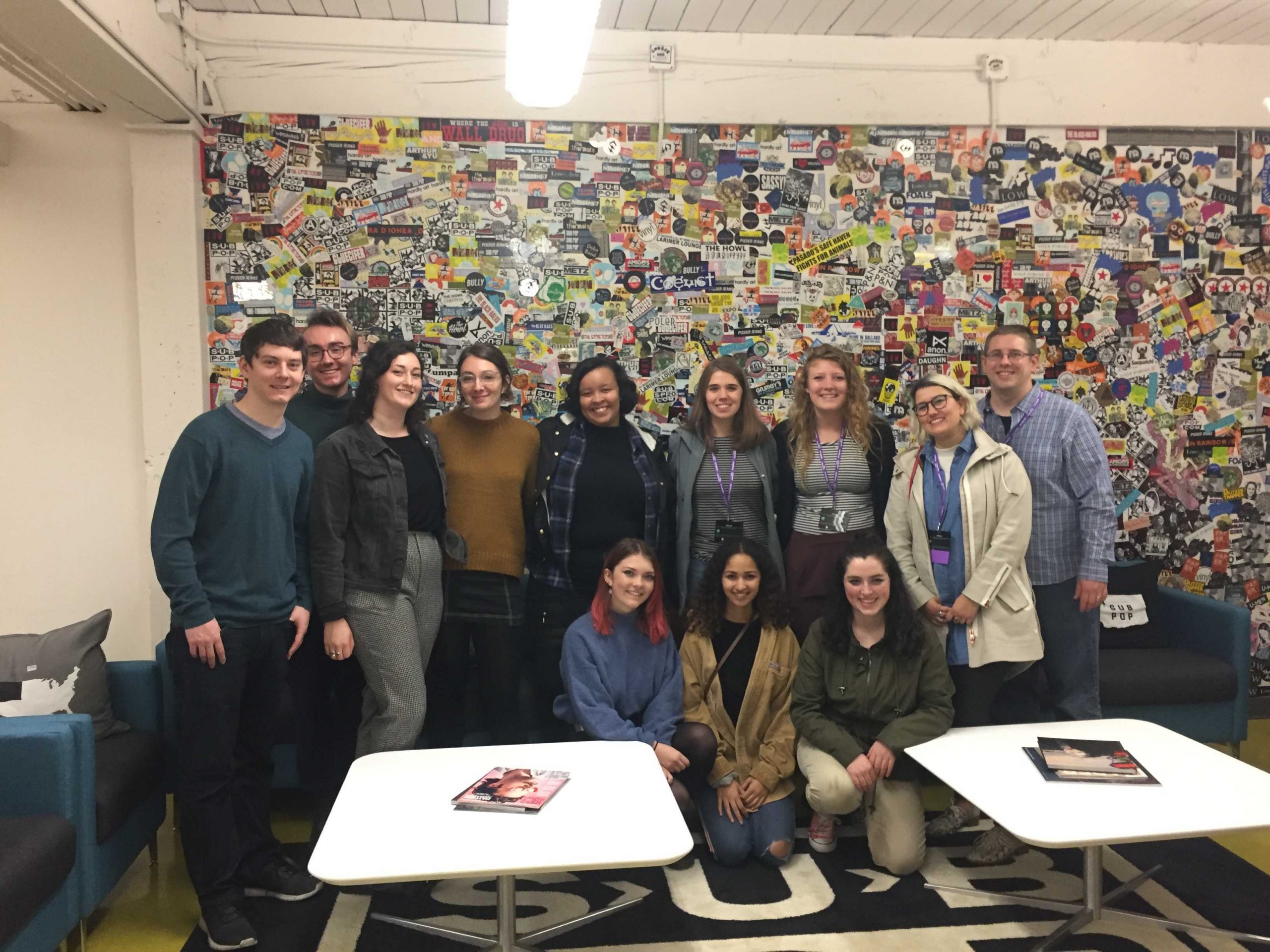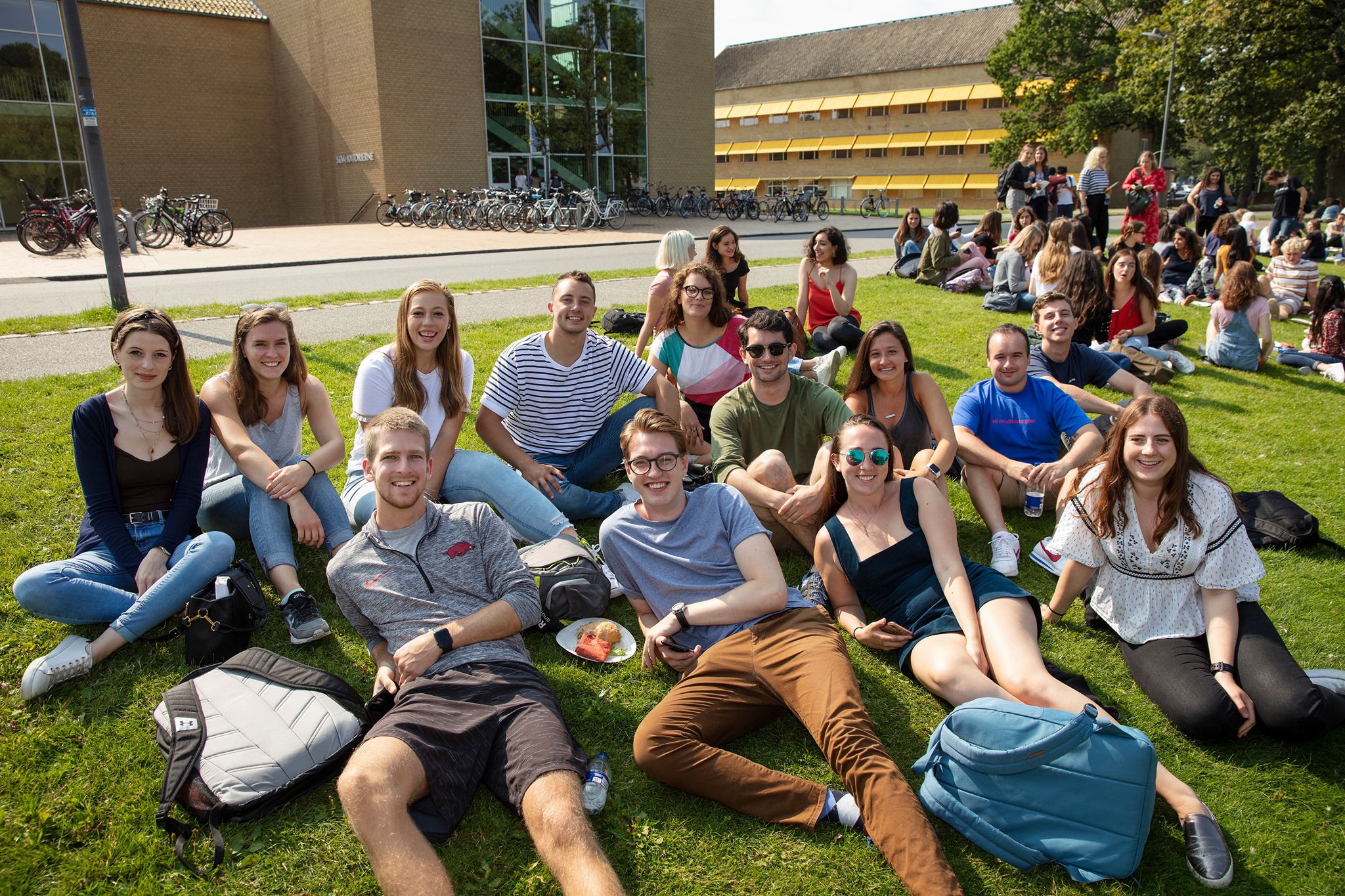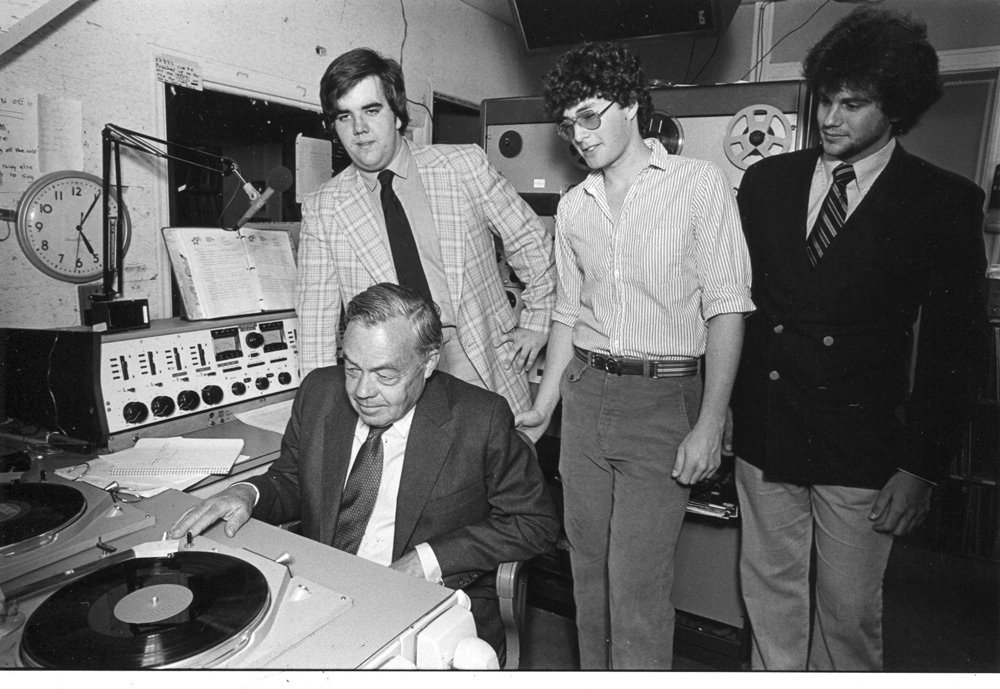Author Archives: mike@standardsmichigan.com
- Home
- Articles posted by mike@standardsmichigan.com (Page 47)

LIVE: WDBM-FM Student Radio 89 MHz
Michigan Upper Peninsula | Michigan West | Michigan East
Michigan State University Infrastructure Planning & Facilities
Danish Beer Culture
Standards Denmark | Danish Standards Foundation
Fancy a Friday drink… made of waste? 🍸🤔
In collaboration with a local distillery engineers at #AarhusUni are exploring the potential of producing beverages using the company’s residual products♻️https://t.co/29POcE6Qm8#AUgreen #AUengineering pic.twitter.com/CbFjYJ8ipC
— Aarhus University (@AarhusUni_int) August 13, 2021
El Table
This content is accessible to paid subscribers. To view it please enter your password below or send mike@standardsmichigan.com a request for subscription details.
WSRN 91.5 FM
The “Worldwide Swarthmore Radio Network” is Swarthmore College’s official campus radio station. It broadcasts out of the suburban Philadelphia borough of Swarthmore, Pennsylvania.
Prior to the 1970s, WSRN operated as a carrier signal broadcast to the campus of Swarthmore College only. The station went on the air with 10 watts on October 15, 1972. Following efforts by the Federal Communications Commission to encourage as many Class D stations as possible to increase power, a campaign was raised by the students of the college, and in the late 1970s, the FCC granted a license for a 110-watt, directional, transmission.
Programming has been eclectic from the 1970s on. Station programming is diverse; music spans “world,” hip hop, blues, folk, rock, pop, R & B, and classical. Talk and comedy programs comprise much of the weekend line-up. Notably “Funk” which ran from fall 2012 to spring 2014 Friday mornings from midnight to 2AM.
In 1986, the main on-air studio was completely refurbished, with a new control panel, turntables, microphones, and wiring installed. 1998 saw the rewiring and modernization of the production studio and the construction of an acoustically isolated sound studio connected to the production studio.
Students have always manned the soundboard, and so, during most summers, the station is dark. Following the COVID-19 pandemic, the radio station had periods of limited broadcasting. During the 2021-2022 academic year, a significant effort by students, faculty, staff, and community members was successfully carried out to get the station back up to an operational state. As of April 1, 2022, the station has resumed broadcasting.
Meatloaf
Meatloaf is traced back to ancient times when people started combining ground meat with other ingredients for a more economical and substantial meal.
Colonial America: The concept of mixing ground meat with breadcrumbs or grains dates back to medieval Europe. When settlers arrived in North America, they adapted these techniques to the ingredients available to them, such as native grains and game meats.
19th Century: As meat grinders became more widely available in the 19th century, the preparation of ground meat dishes became easier. Meatloaf gained popularity during this time, with regional variations emerging across the United States. Families would incorporate various seasonings, herbs, and fillers based on local ingredients and preferences.
World War II and Post-War Era: Meatloaf became even more popular during World War II and the post-war era due to its affordability and versatility. Families could stretch a small amount of meat by combining it with breadcrumbs, rice, or oats, making it an economical choice during times of rationing.
1950s and 1960s: Meatloaf reached its peak of popularity in the mid-20th century, becoming a staple of American home cooking. The dish was often featured in cookbooks and advertisements, showcasing its versatility and ease of preparation.
Over time, meatloaf recipes have evolved with regional and personal preferences. Some variations include using different meats (beef, pork, veal, or a combination), adding vegetables, experimenting with various seasonings, and glazing with sauces.
Ingredients:
Celery, chopped fine, 1 & 1/2 oz.
Yellow onions, chopped fine, 2 & 3/4 oz.
Ground beef, 2 lbs.
Eggs, 2 whole
Ketchup, 2 & 1/3 Tbsp.
Mustard, 2 3/8 tsp.
Worcestershire sauce, 1 1/8 tsp.
Italian seasoning, 5/8 tsp.
Bread crumbs, plain, 3 & 1/2 oz.
Kosher salt, 3/8 tsp.
Black pepper, 1/4 tsp.
Topping
Ketchup, 1 & 1/2 oz.
Water, 2 3/8 tsp.
Instructions
Preheat oven to 325 degrees.
Place ground beef in mixing bowl. Add eggs and combine.
Add ketchup (2 & 1/3 Tbsp.), mustard, Worcestershire sauce, Italian seasoning, onions, celery, breadcrumbs, salt, and pepper. Mix well to combine. Meatloaf should be firm. If mixture is not, add more bread crumbs.
Place meatloaf in a loaf pan. Make sure it is spread evenly.
Bake for about 45 minutes, uncovered. Remove from oven.
Combine ketchup (1 & 1/2 oz.) and water. Spread over meatloaf.
Return to oven for another 15-20 minutes, or until internal temperature reaches 155 degrees.
Let the meatloaf rest for 30 minutes prior to cutting.
Grilled Cheese & Tomato Soup
Yale Hospitality Berkeley | Yale Facilities | 2024 Yale Endowment $41.4B
@mildredsauce grilled cheese and tomato soup lunch at yale: berkeley dining hall edition!! #yale #yaleuniversity #yaledining #yaledininghall #yalefood #yalelaw #student #college #collegefood #foodie #mukbang #collegelife #dininghall #dreamschool #ivyleague #collegehacks #mukbang #pizza #bestschool #grilledcheese #grilledcheesetomatosoup #tomatosoup #cooking #pickle #pickles #collegestudentlife #whatiate #whatieatinaday #everythingiate #whatieatinadayrealistic
When it comes to grilled cheese, butter is king. pic.twitter.com/mw38O6ikpC
— Jennifer (@LiLa__lee18) November 25, 2024
I’m in charge of dinner tonight, so Little Miss H and I are going to make Tomato Soup and Grilled Cheese sandwiches! It’s such an easy dinner that she can do almost all of it herself, I’ll just need to talk her through it. Find my recipe in the comments! pic.twitter.com/GVAi3t0I8f
— Prairie Wife (@PrairieHeels) December 4, 2024
Related:
Iain Barli
“A drink to the living, a toast to the dead.”
— Some guy.
“John Barleycorn” is a figure in English and Scottish folklore who represents the personification of barley and the alcoholic beverages made from it, such as beer and whiskey. In folklore, John Barleycorn is often depicted as a person who is subjected to various forms of mistreatment and violence, such as being crushed, ground, and fermented, before eventually being reborn in the form of alcoholic beverages.
The figure of John Barleycorn has been the subject of various poems, songs, and other works of literature throughout English and Scottish history. One of the most famous works about John Barleycorn is the traditional English folk song of the same name, which tells the story of John Barleycorn’s journey from a growing plant to a fully fermented alcoholic beverage. The song has been covered by many artists over the years, including the British group Traffic.
The legend of John Barleycorn is not widely known in the United States, but it does have some cultural resonance in certain regions and among certain groups of people. The legend is a traditional British folk song that tells the story of a man named John Barleycorn, who is personified as a personification of the cereal crop barley, which is used to make beer and other alcoholic beverages. Some breweries in the US have even named beers after John Barleycorn, as a nod to the traditional English roots of brewing. The legend of John Barleycorn also has some resonance in American literature and popular culture. The American author Jack London wrote a novel titled “John Barleycorn” in 1913, which was a semi-autobiographical account of his own struggles with alcoholism. The novel has since become a classic of American literature and is still widely read today.
New update alert! The 2022 update to the Trademark Assignment Dataset is now available online. Find 1.29 million trademark assignments, involving 2.28 million unique trademark properties issued by the USPTO between March 1952 and January 2023: https://t.co/njrDAbSpwB pic.twitter.com/GkAXrHoQ9T
— USPTO (@uspto) July 13, 2023
Standards Michigan Group, LLC
2723 South State Street | Suite 150
Ann Arbor, MI 48104 USA
888-746-3670





















